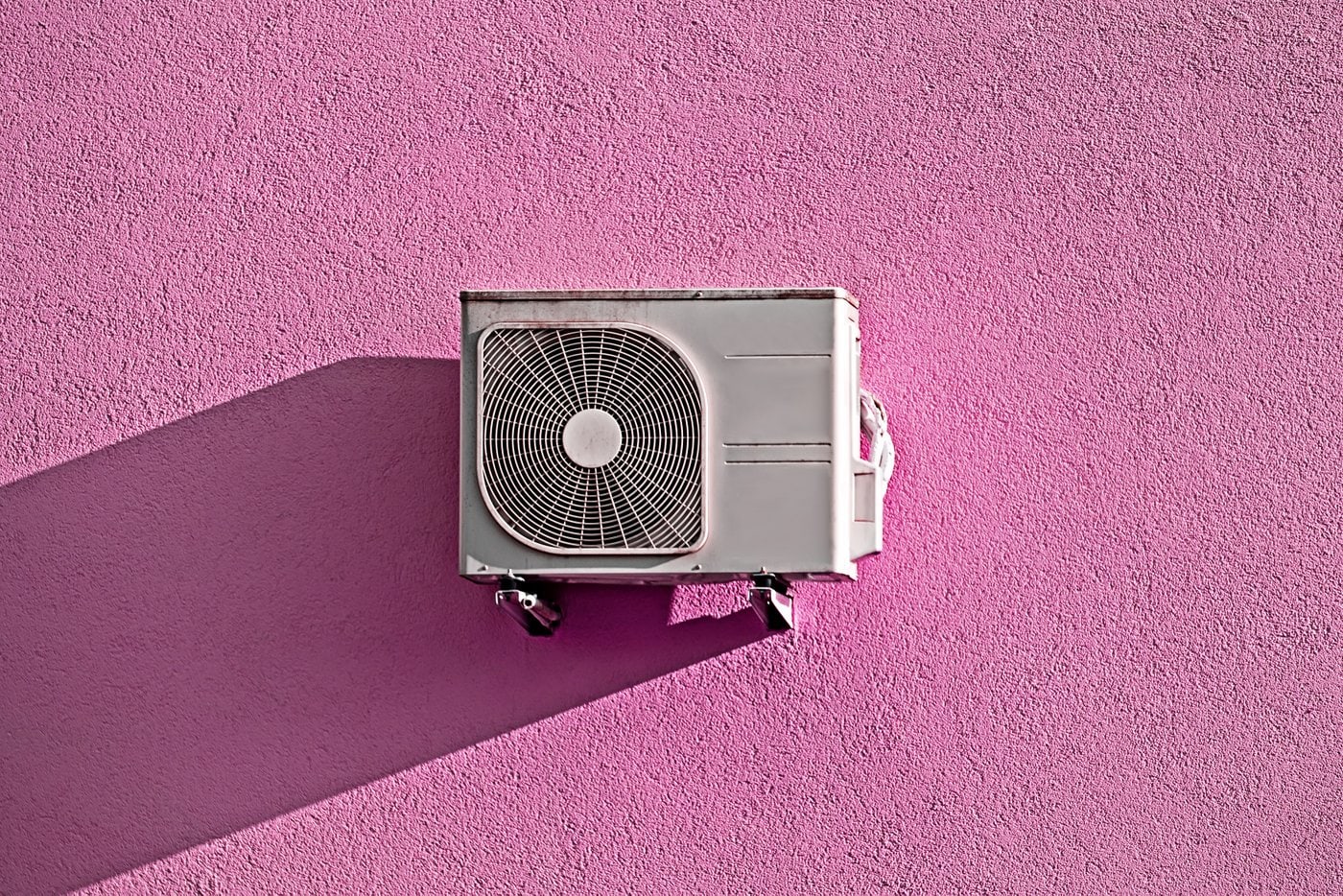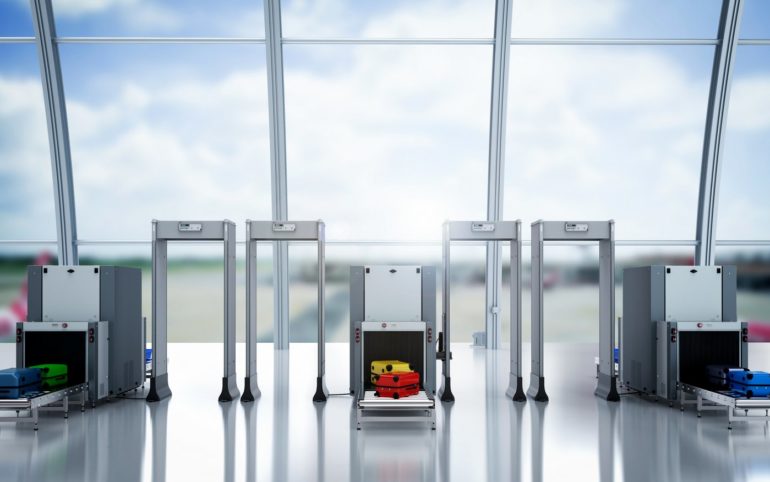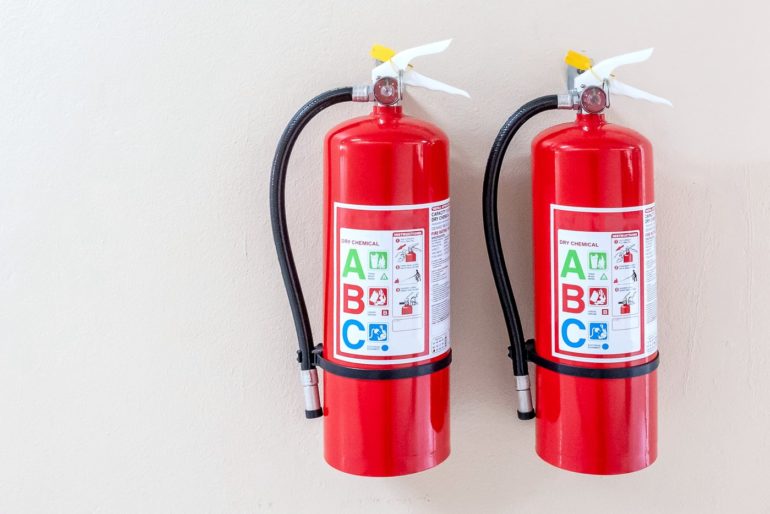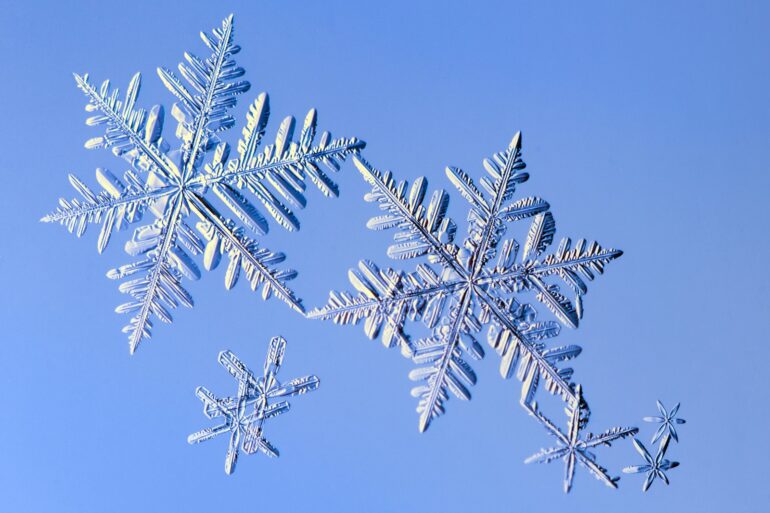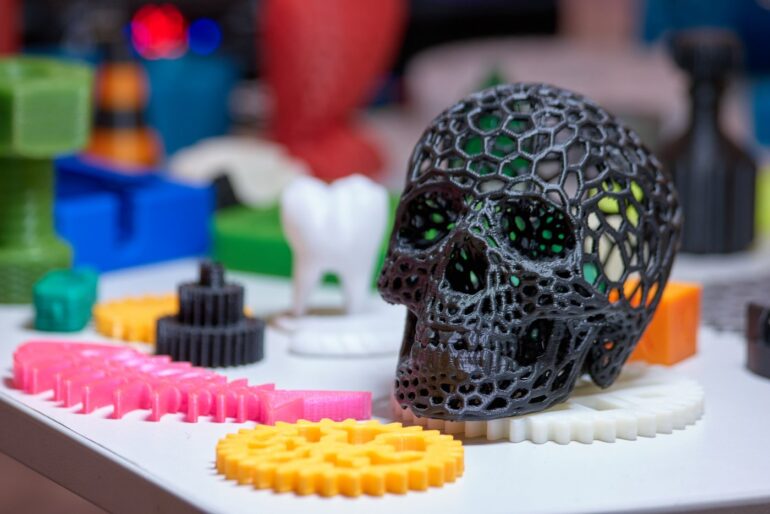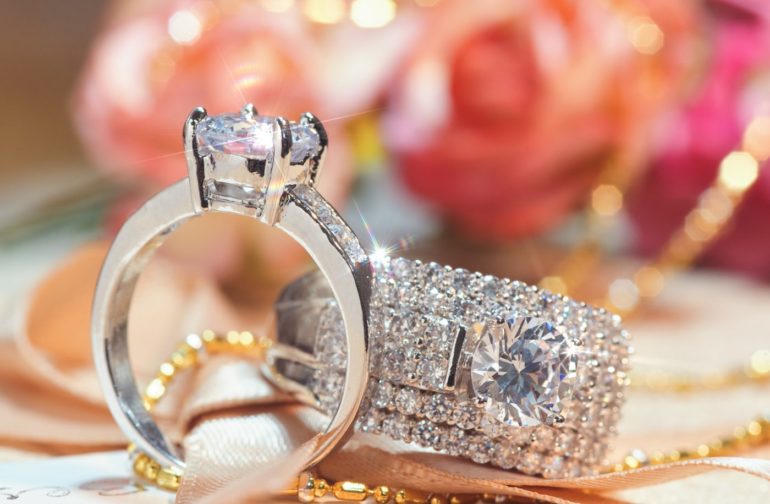How do air conditioners work?
The air conditioner is one of those modern appliances we just don’t think too much about — until we don’t have one or it breaks.
It’s like a magical device. Plug it in, turn it on, and hot air is replaced with cool air. Ahhh, relief. So how does that magic box do that voodoo that it does so well? Here’s a look.
Time to chill
The history of air conditioning can be traced back as the 1700s when Benjamin Franklin and John Hadley discovered that liquids like ether and alcohol could cool an object to below freezing when they evaporated. Franklin noted, in his usual humorous style, “…one may see the possibility of freezing a man to death on a warm summer’s day.”
Quite. If old Ben had ever lived to sit in an air-conditioned restaurant in Phoenix in the summer, he’d see his prophecy come true.
Anyway, the great British inventor Michael Faraday brought us a bit closer to the modern era when, in 1820, he found that by letting compressed liquid ammonia evaporate, it cooled the air. He was on to something.
Eventually a gentleman by the name of Willis Carrier — whose eponymous company continues to be one of the leading HVAC companies in the world today — invented the world’s first modern air conditioning system in 1902 when he found that he could dry air by passing it through water to create fog.
As a result, the “Father of Air Conditioning” became the patron saint of retired people in Arizona and Florida. Okay, I might have made that last bit up.
Keep your cool
Essentially, the way to view an air conditioner is as a heat exchanger. The device is filled with a series of tubes filled with a refrigerant. In the past, freon or other chlorofluorocarbons (CFCs) were used — but they had the nasty habit of obliterating the earth’s ozone layer when released, so since the mid-90s ozone-friendly halogenated chlorofluorocarbons (HCFCs) have been the norm.
Anyhow, as the refrigerant passes through the evaporator (the aforementioned series of tubes, surrounded by metal fins) on the inside portion of the AC, it evaporates (hence the name), and in doing so pulls the heat out of the indoor air, cooling the room.
Now, the laws of thermodynamics tell us the heat has to go somewhere, of course, and so it does. The now-hot refrigerant gas is pumped to the outdoor half of the AC, where it goes through a pump called a compressor which, yes, compresses the gas.
The compressor also is the mechanism that circulates the refrigerant. It then goes through another series of tubes surrounded by fins, called the condenser, and condenses back into liquid form while transferring its heat to the outdoor air.
Add an electric fan that blows over the evaporator fins, which helps circulate the cool air into the room. Lather, rinse, repeat and you have a nice cool room even when it’s hotter than the surface of the sun outside.
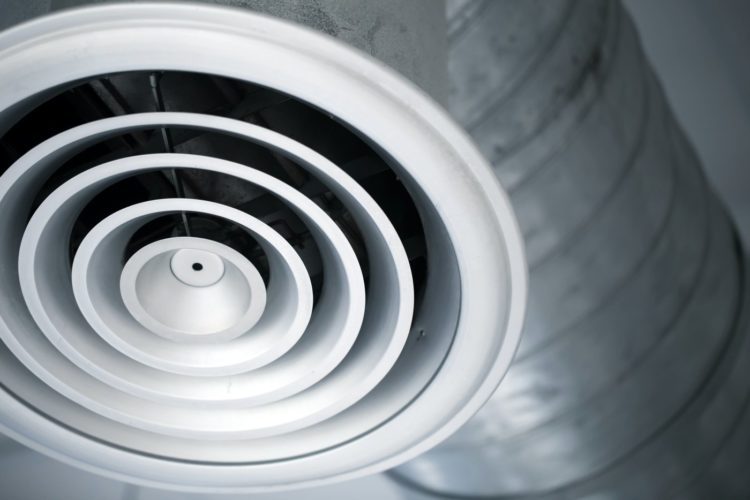
Hot and bothered
Like any electrical/mechanical device, the air conditioner can be subject to a few problems, and there’s nothing more disheartening than realizing it has been running constantly but it’s now 88 degrees inside.
Here are a couple of the common issues, and what to do about it, courtesy of the US Department of Energy:
Refrigerant leaks: If you find your AC unit seems to be blowing less and less cool air over time, it could be possible that the refrigerant is slowly leaking out of the system, causing cooling capacity to drop.
Simply adding more refrigerant isn’t the solution — treat the cause, not the symptom. Even though HCFCs aren’t as bad as their CFC cousins, we shouldn’t dump them into the air wholesale. Have a trained professional track down the leak, fix it, then top it off.
Inadequate maintenance: Keep an eye on your condenser/evaporator fins and coils. If they get dirty, clean them. They can’t do their job if they are covered with dirt, leaves, insects, small animals and other assorted debris. This also means clean/replace the system’s filter regularly too. You’d be amazed at the difference this can make.
Electrical failure: If you’re a heavy AC user, compressor and fan controls and motors can wear out over time, especially if your unit cycles on and off frequently. Corrosion of connections on the outdoor end can also be a problem. If you’re not comfortable diagnosing/fixing this sort of thing, leave it to the pros.

